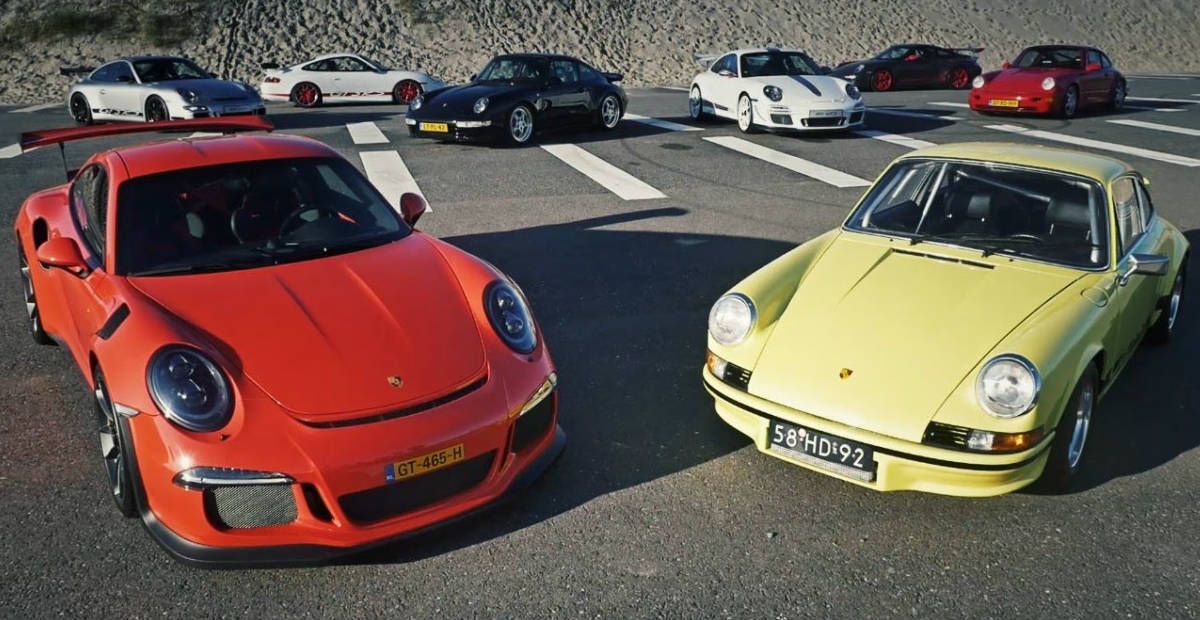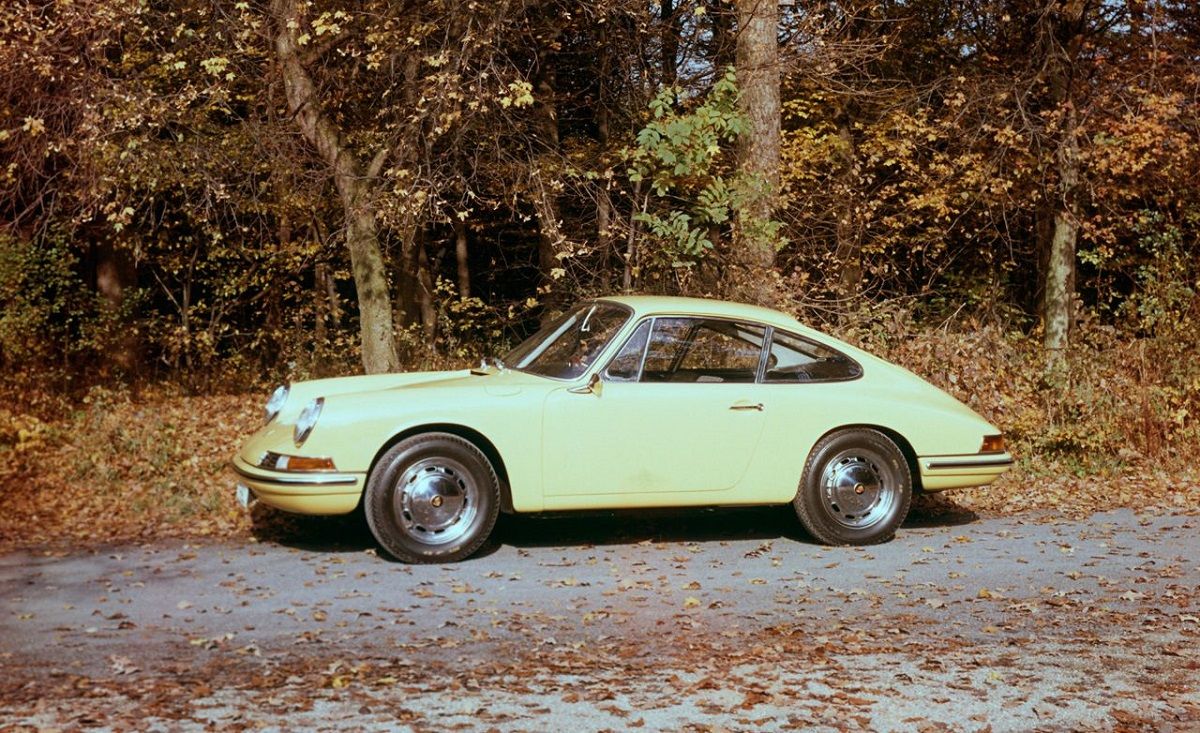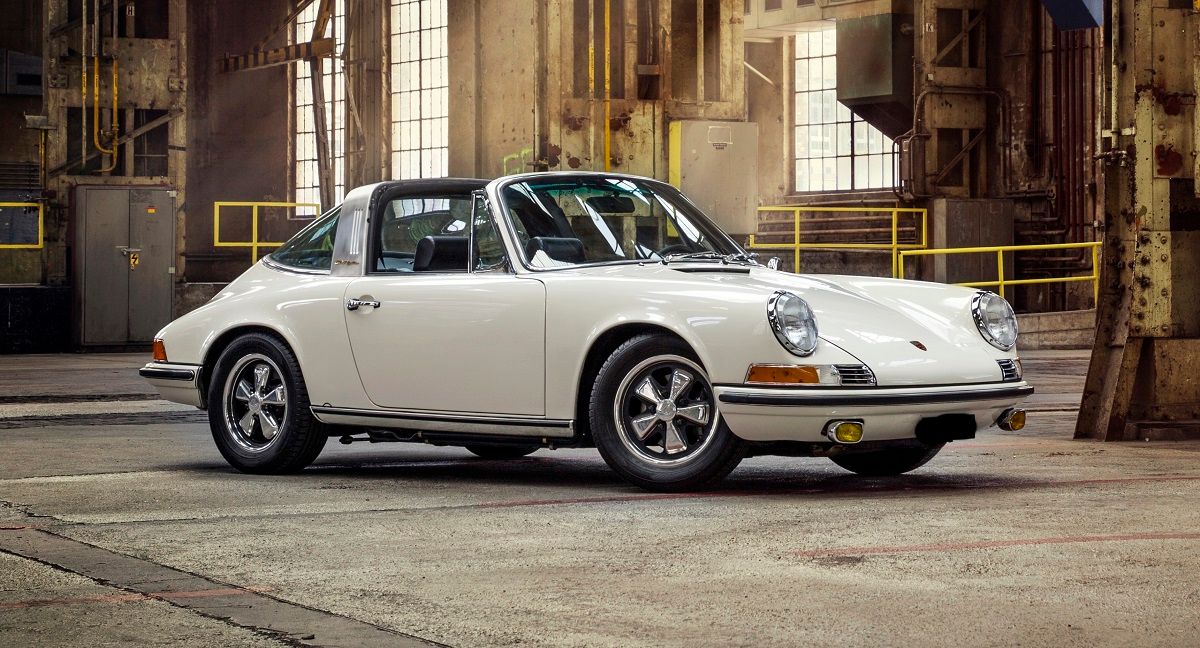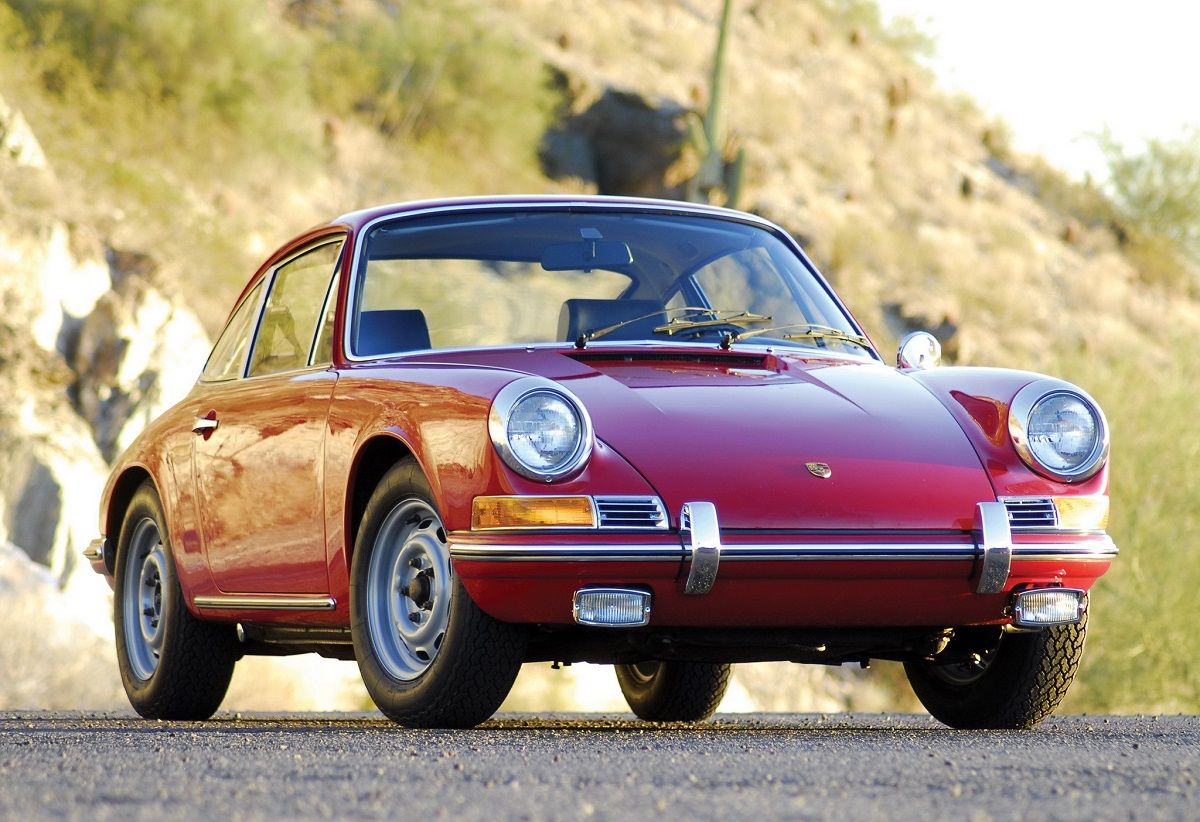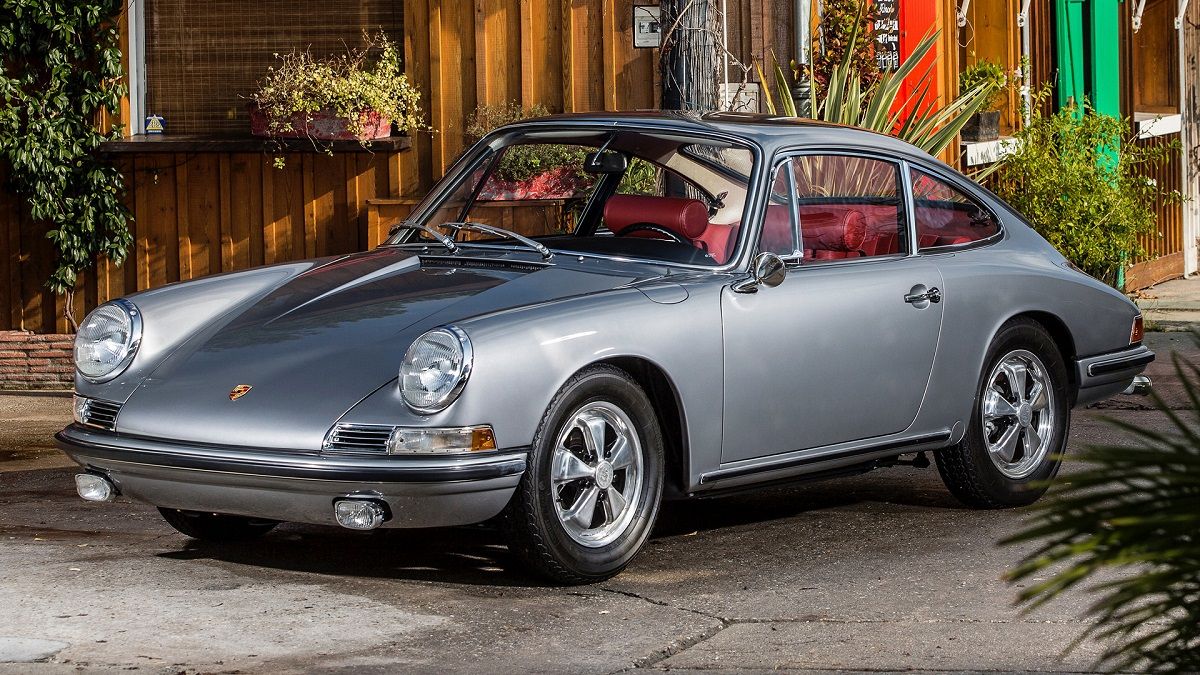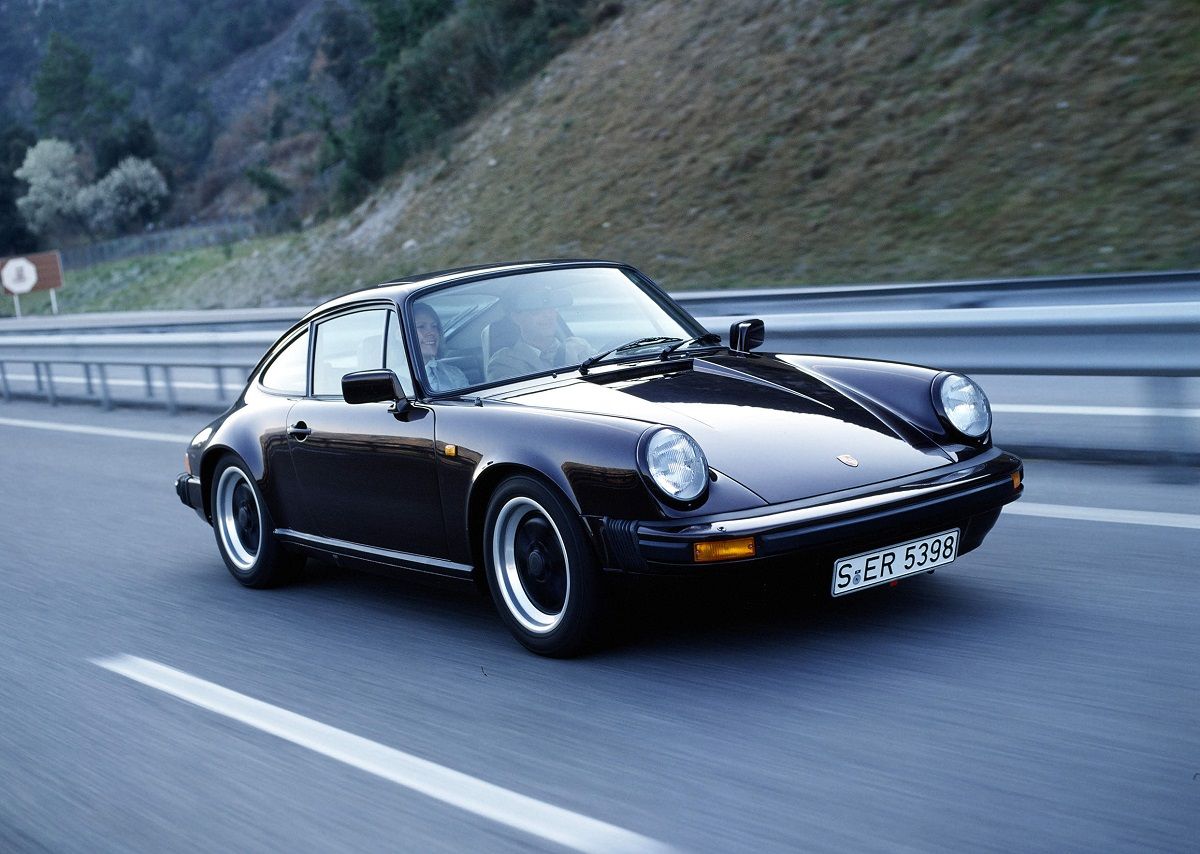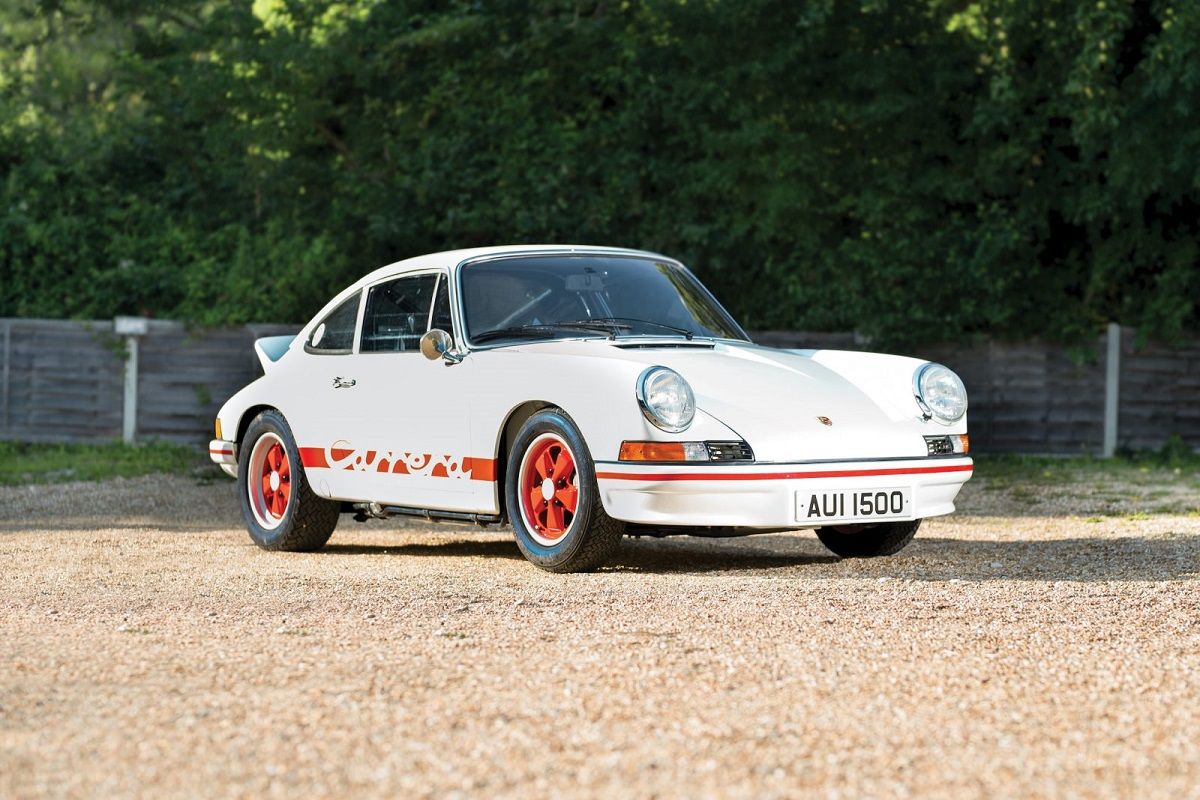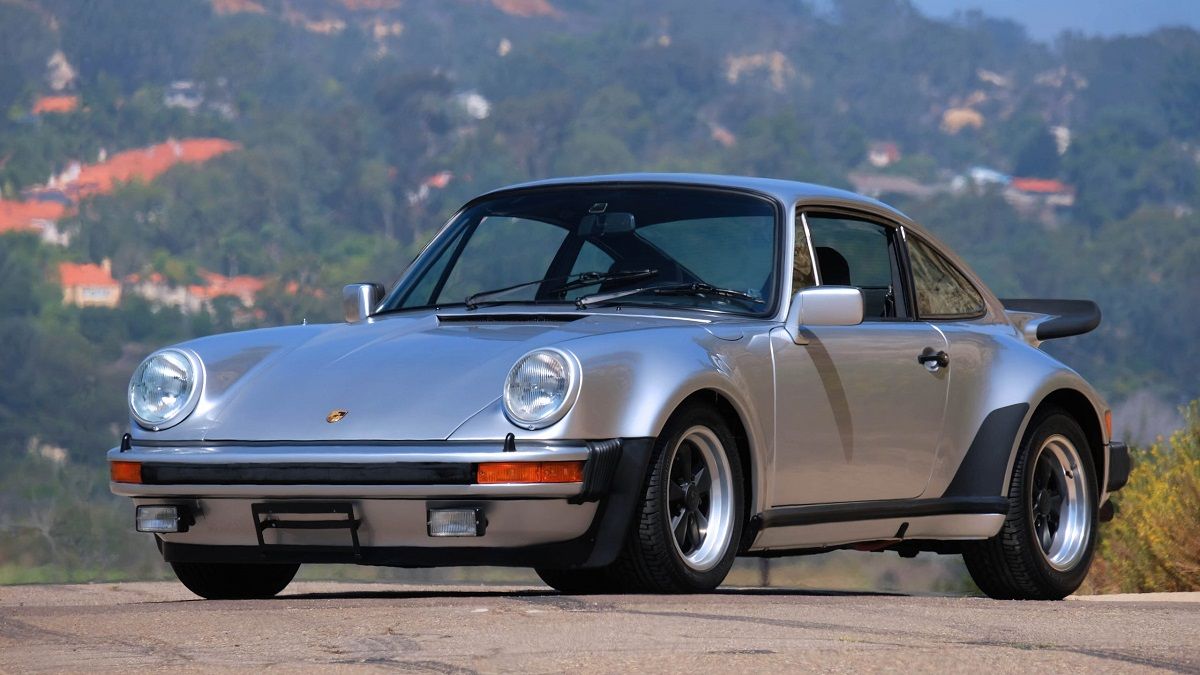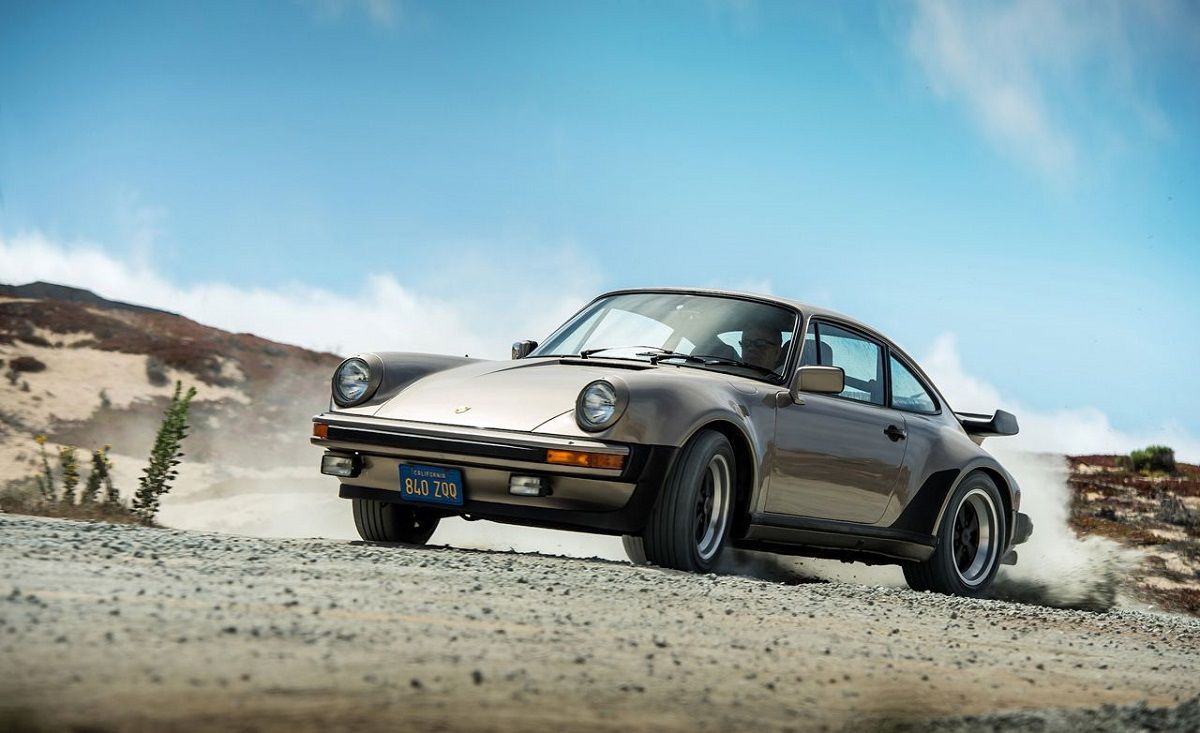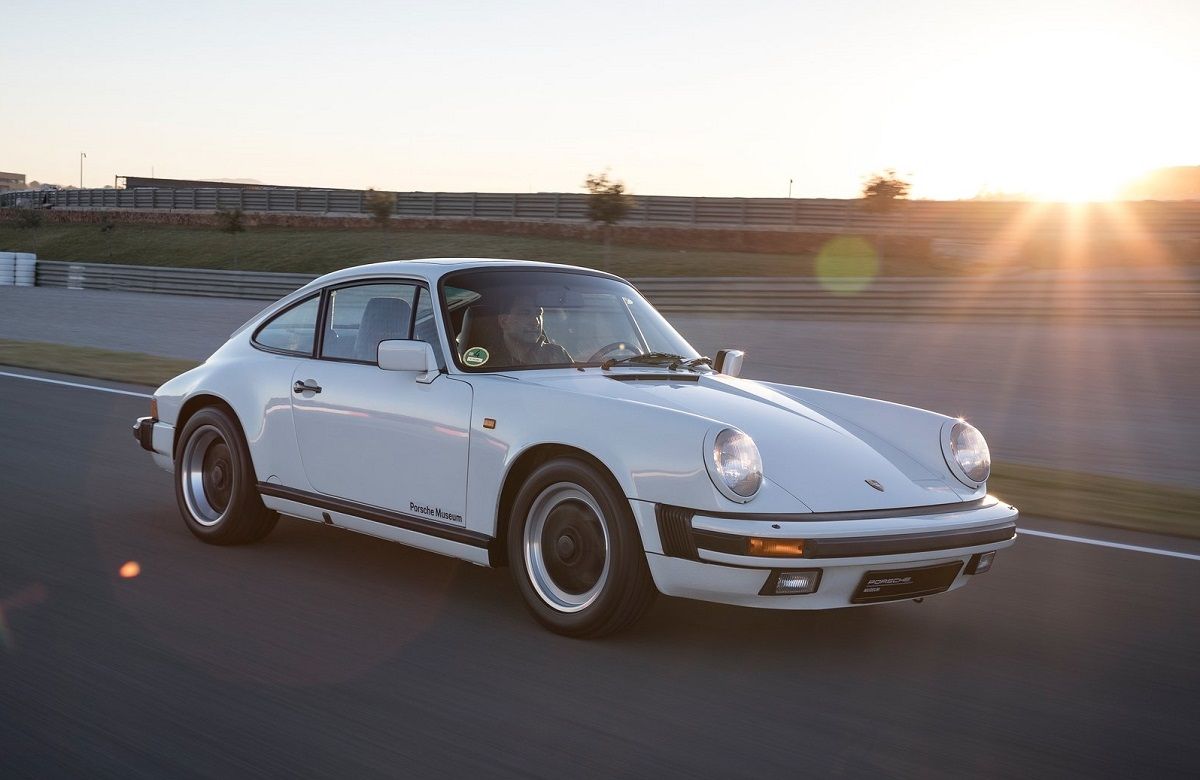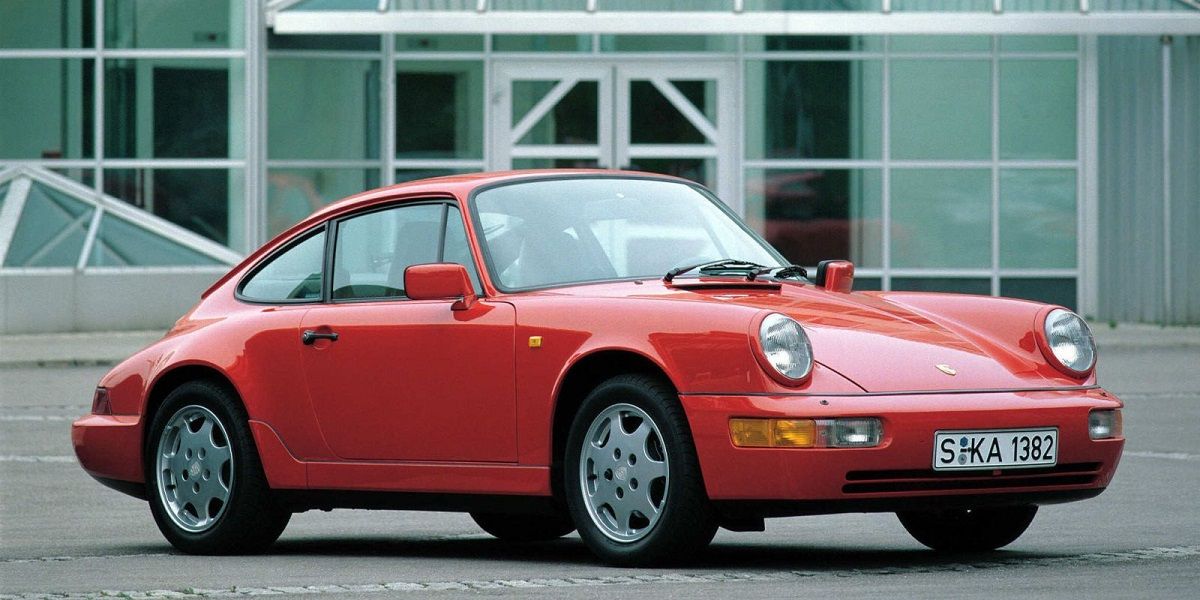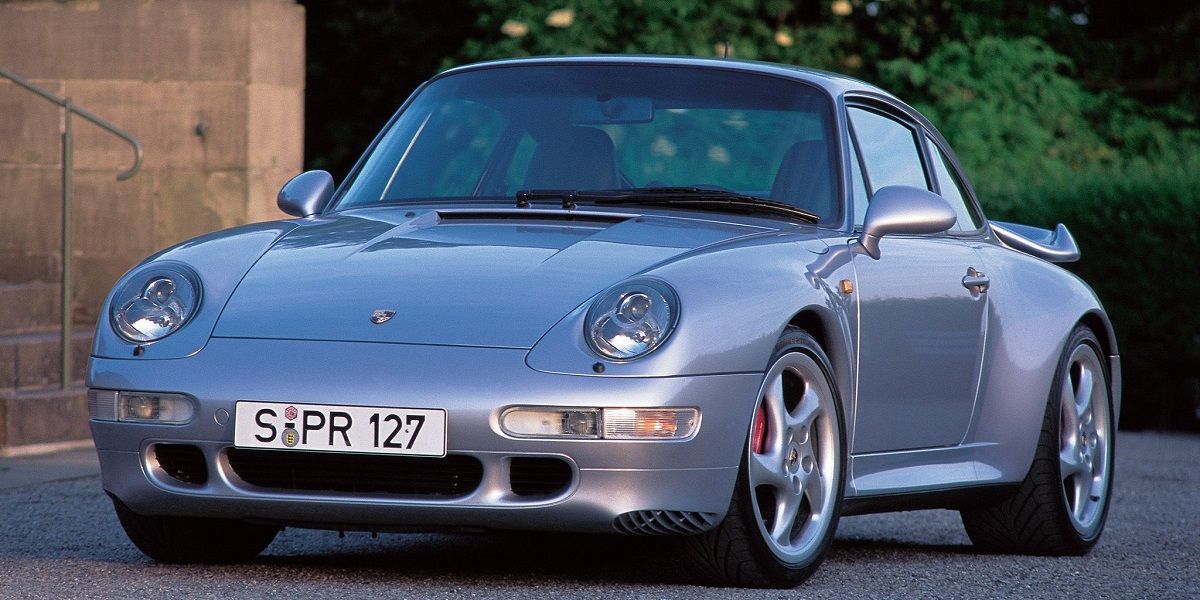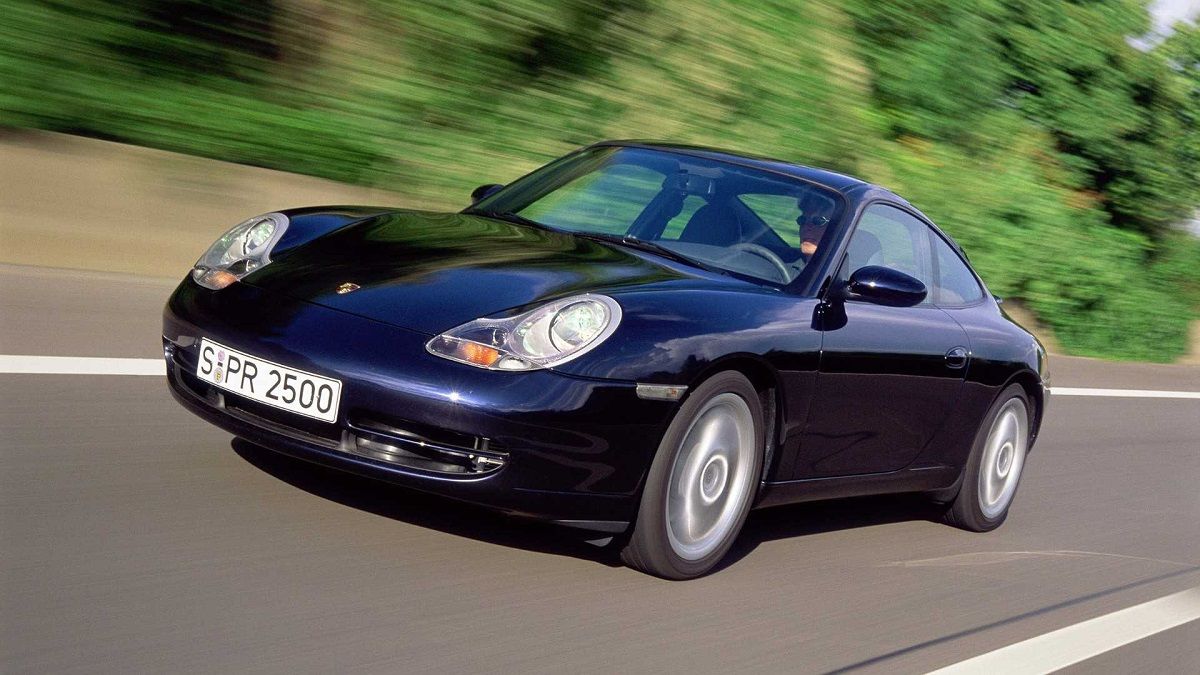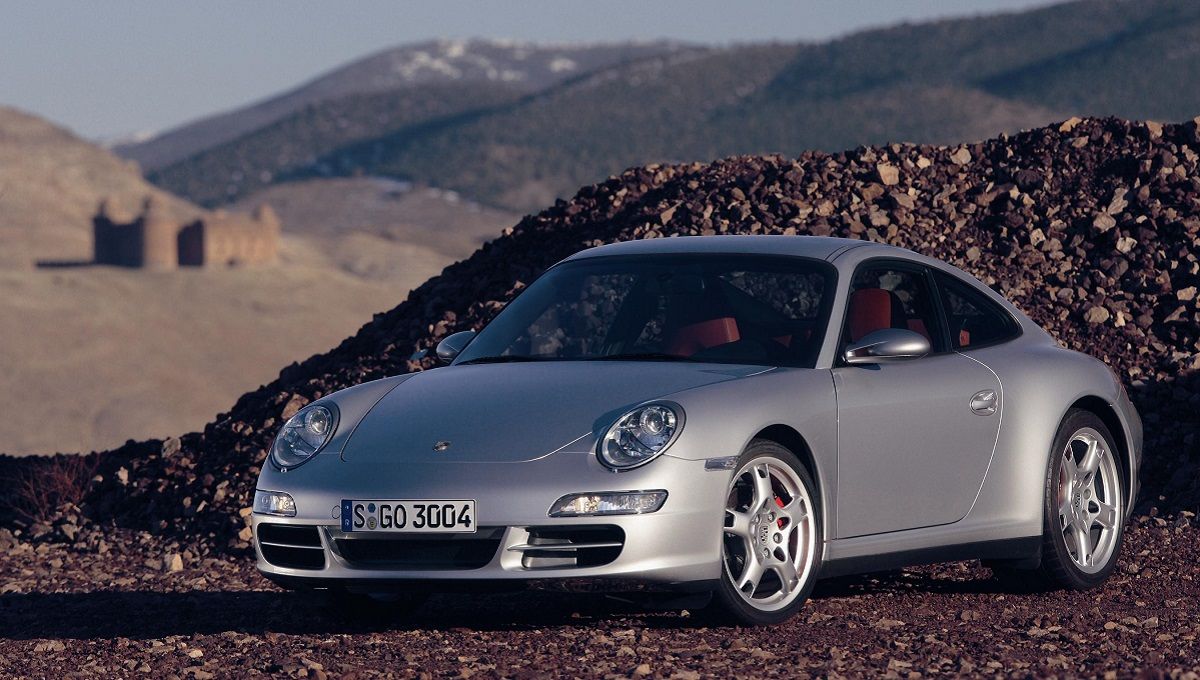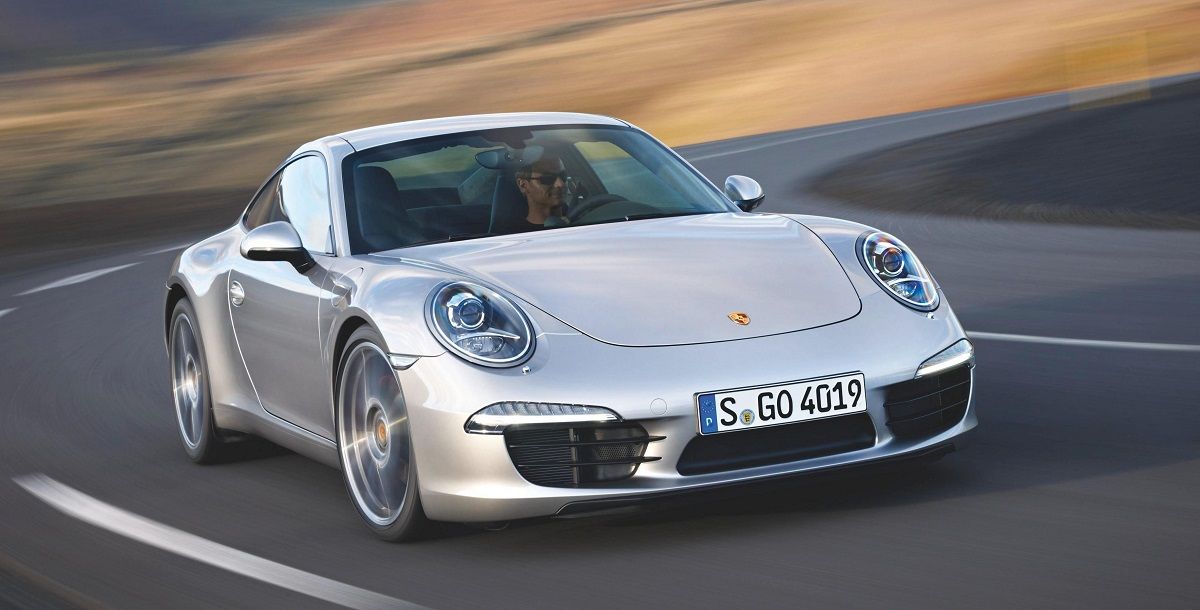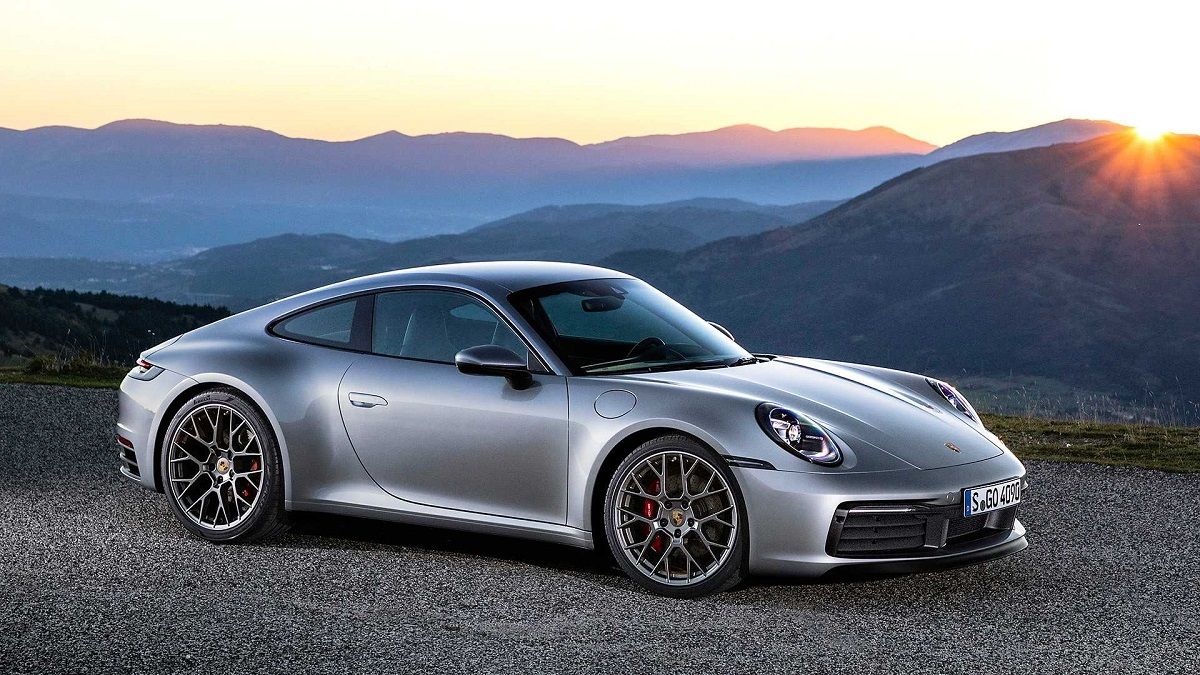From codenames to dramatic evolutions, the Porsche 911 holds a deep, intricate history. The first Porsche 911 following the end of the company’s 356 model in 1963, was designed by Ferdinand Alexander Porsche (Butzi), grandson of famous Volkswagen Beetles’ designer Ferdinand Porsche. What we now call Porsche 911 was initially planned to be sold under ‘901.’ However, due to nomenclature technicalities where Peugeot owned rights to the 901 moniker, the replacement model was forced to alter its nameplate.
Porsche 911 rapidly caught attention, surged in markets, and became the most popular sports car in the world. The model evolved in the consecutive years, where manufacturers gradually kept stretching the wheelbase into new generations while the brand improved the suspension. Throughout its historical journey, Porsche spared no effort and successfully led technological advancements in the automotive industry. Follow this breakdown of Porsche’s incredible history through the years.
15 Original 911: Porsche 901 (1963)
It all started with Porsche’s 901 model, which arrived towards the end of the Porsche 356's production. The ‘901’ nameplate was altered to 911, as Peugeot claimed rights to the original moniker. Using the same fastback design as Porsche 356, Porsche 911 was powered by an air-cooled six-cylinder Boxer engine that made 130 horsepower.
14 First Generation: 1963-1973
After 911’s first official market launch in 1964 following its debut at the Frankfurt IAA Motor Show in 1963 as 901, the model became an instant hit. Several models were subsequently produced under the first-generation lineup, which included 1970 Porsche 911 S 2.2 Targa, 1966 Porsche 911 S, and several Coupe variants.
13 Porsche 912: 1965-1969
The Porsche 912 was introduced as a cheaper version of the 911 models when Porsche 356 was officially terminated in 1965. Between the launch of 911 and the end of 356, the company manufactured 32,000 units of the intermediate 912 model from 1965 to 1969. The 2+2 sports car powered by a 4-cylinder Boxer engine.
12 Increasing Power: 1966 911 S
Porsche 911 amped up the power from 130 horsepower to 160 in its new 911 S model. The sports coupe dashed at a top speed of 141 mph and reached 60 mph in 7.4 seconds. To balance the power, Porsche fitted lighter chassis and lightweight Fuchs wheels to the model but continued with a rear-engine layout.
11 Porsche 911 – G-Series (1973-1989)
Headway into a decade of Porsche’s 911, the brand gave an extensive makeover to the sports coupe, which premiered as the G-Series in 1973. The longest-running 911 series sold almost 200,000 vehicles in its 16-year span. The makeover included a new bumper design, plastic bellows, three-point safety belts, and seats with headrests.
10 1973 Carrera RS 2.7
Starting as the first model in the G-series lineup, Carrera RS 2.7 was designed like a racecar for the FIA Group 4 class. Featuring a rear spoiler in its exterior design, Carrera RS 2.7 was charged by a 2.7-liter flat-six engine that bumped the power to 210 horsepower and made 188 lb-ft of torque.
9 First Porsche Turbo: 1975 Porsche 930
The breakthrough in the G-Series lineup came with Porsche’s first turbocharged 911 model. The model was under development since 1972 and was finally launched in 1975 as Porsche 930, marking the brand’s position higher in popularity. It was powered by a 3.0-liter turbocharged engine that generated 256 horsepower and reached 60mph in 5.2 seconds.
8 1978 Turbo
The Turbo model in 1978 received an increase in its engine’s displacement from 3.0 to 3.3 liter. The enlarged drivetrain boosted the powertrain as well, where the engine increased the power to 261 horsepower while the top speed was boosted to 165 mph. An intercooler was also fitted in the engine.
7 1984 Carrera 3.2
In 1984, Porsche’s Carrera 3.2 replaced the SC model where the successor removed the 3.0-liter engine and installed a new naturally aspirated 3.2-liter engine that excelled in power and performance. The upgraded drivetrain made 231 horsepower, and the two-door coupe could be ordered with additional spoilers and wide-body kits.
6 964 Generation Introduces All-Wheel Drive: (1989-1994)
Porsche produced the 911 Carrera 4 in 1989, marking the beginning of the 964 generation. The new models ditched their predecessors’ style, featuring an all-wheel drive with a completely reimagined interior and redesigned chassis. The rear suspension changed from torsion bar to trailing arms, while aerodynamic bumper and rear spoilers were added.
5 993 Generation Adds Biturbo engine: (1994-1998)
Porsche 993 is one of the most beloved model out of all the generation productions and accomplished remarkable feats. Buyers relied on the agile performance and praised the stunning streamlined exterior.
A Turbo version was introduced with a Biturbo engine, making it the lowest emission standard automotive powertrain in the world in 1995 and nearly 400 horsepower.
4 996 Generation Introduced Water Cooling: (1998-2004)
All the previous generations in the Porsche’s assembly line incorporated air-cooled engines. However, the 996 generation replaced the long bearing air-cooled system and introduced water-cooled engines.
The flat-6 water-cooled engine made 300 horsepower while simultaneously cutting down emissions, noise, and fuel consumption. 996’s Turbo S, GT2, and GT3 variants remained in production till 2006.
3 Porsche 911: 997 Generation (2004-2011)
The 997 generation models’ design resonated more with older variants of the Porsche 911, where oval headlights with separate blinkers made a notable comeback in the new generation.
Two engines, a 3.6-liter rated at 325 horsepower and a 3.8-liter engine cranking out 355 horsepower, were available. Upgrades included direct fuel injection and double-clutch transmission.
2 Porsche 911: 991 Generation (2011-2019)
Besides improving powertrain, Porsche set a benchmark in technology with its 991 generation. The models with reworked chassis and significant power boost tailored maximum efficiency, convenience, and comfort in their models.
All-new Porsche Dynamic Chassis Control and manual 7-speed transmission were installed along with Porsche Communication Management, which features multi-touch screens.
1 Current 992 Generation
The year 2020 sees the Porsche 911 Carrera Coupe as an entry-level model for the ongoing 992 generation. With its 3.0-liter, six-cylinder boxer engine topped by a twin turbocharger, Carrera Coupe makes 14 horsepower more than its 2019 predecessor resulting in a total 380 horsepower. The sports coupe features Bose sound system, Apple CarPlay, and reversing camera.

